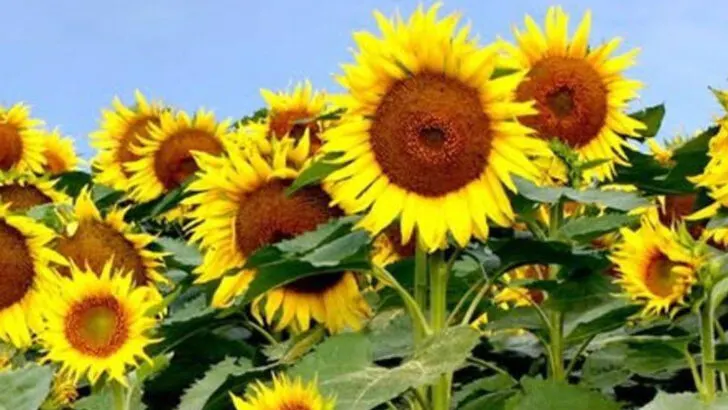If you’ve ever wished your garden could take care of itself—at least a little—you’re not alone. Whether you’re stretched thin on time or simply want to reduce the amount of yearly replanting, there’s one often-overlooked solution that experienced gardeners swear by: self-seeding plants. These resilient varieties drop their own seeds at the end of the season and come back year after year, no greenhouse, grow lights, or trays required.
From herbs to flowers and even vegetables, many self-sowing plants are not only low-maintenance but also surprisingly beautiful or productive. Some fill bare spots effortlessly, while others keep your garden buzzing with pollinators or your pantry stocked with edible leaves, pods, or roots. Best of all, they’re naturally adapted to your climate over time, making each generation just a little tougher than the last.
In this article, we’ve gathered 16 of the most reliable self-seeding plants that return with little help—some even thrive better when left alone. Whether you’re building a low-effort homestead or simply want a smarter, more sustainable garden, these plants are proof that not everything worth growing needs constant babysitting.
Poppies
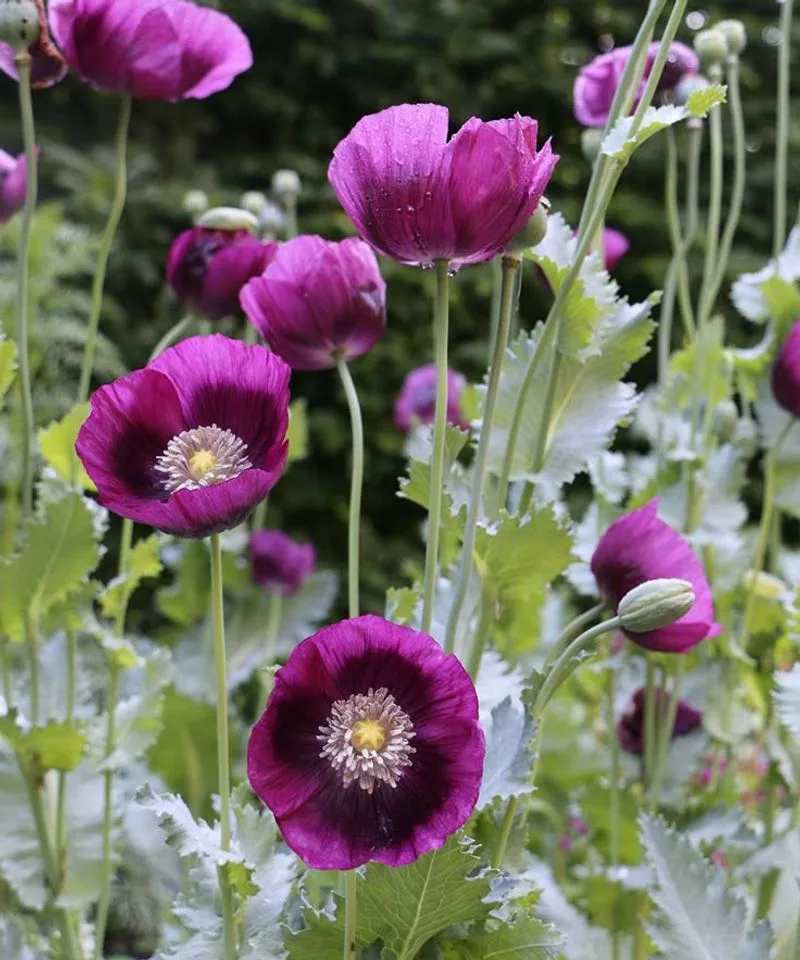
Poppies, with their striking red petals, effortlessly transform any garden into a scene reminiscent of a beautiful painting. These charming flowers are admired not only for their vivid hue but also for their ability to self-seed efficiently. Their seeds scatter easily, ensuring new blooms each year. In addition to their beauty, poppies attract beneficial insects, enhancing the ecological balance of your garden. The sight of poppies dancing in the wind is truly mesmerizing and adds a touch of elegance to any outdoor space.
Foxgloves
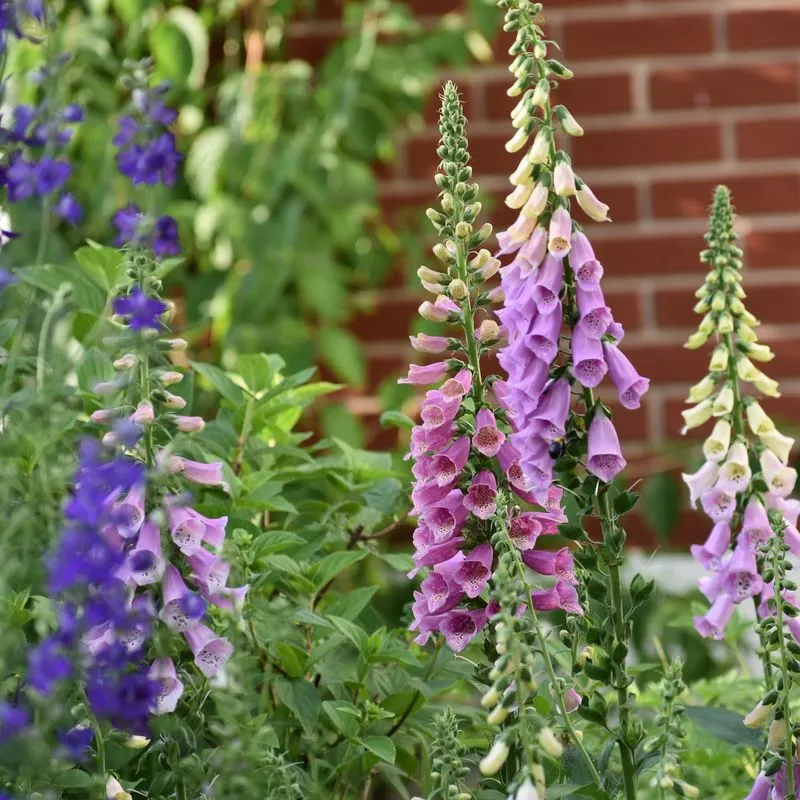
Foxgloves stand tall and proud, gracing gardens with their bell-shaped blossoms. Known for their enchanting appearance, they readily self-seed, making them a gardener’s delight. Their elegant spires of flowers are not only visually stunning but also attract hummingbirds and bees, enriching garden biodiversity. With their historical use in medicine, foxgloves bring a touch of mystery and allure to any garden. Every spring, they return, heralding a new season of growth and beauty.
Nigella
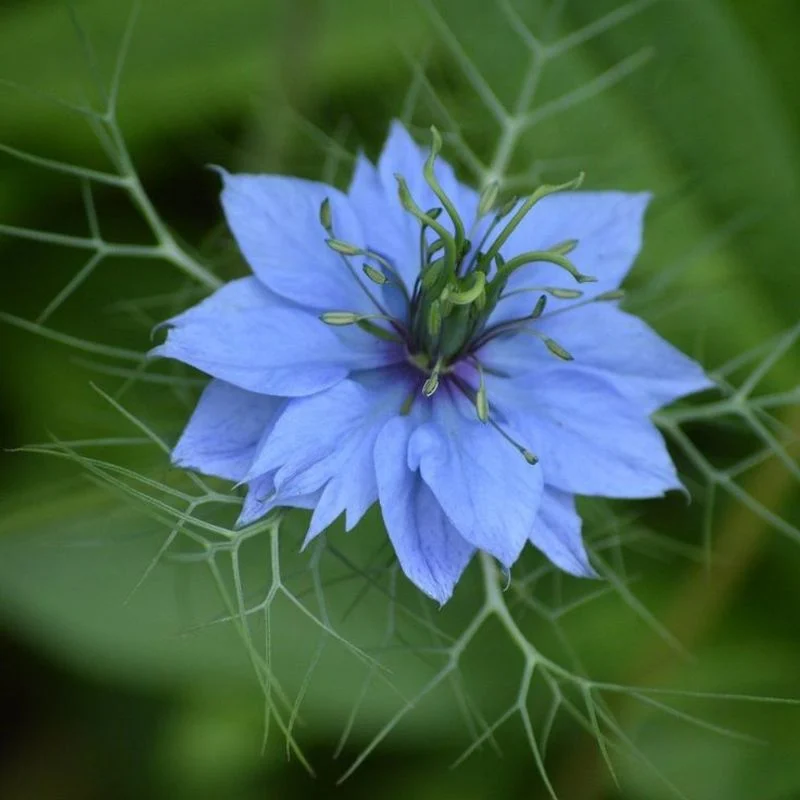
Nigella, often called “Love-in-a-Mist,” showcases delicate blue blooms that captivate the eye. These ethereal flowers are not only beautiful but are also prolific self-seeders. As their whimsical name suggests, they add a touch of romance and mystery to garden spaces. Nigella’s feathery foliage and seed pods further enhance their allure. When planted, they often surprise gardeners with their tenacity, popping up in unexpected places the following year.
Calendula
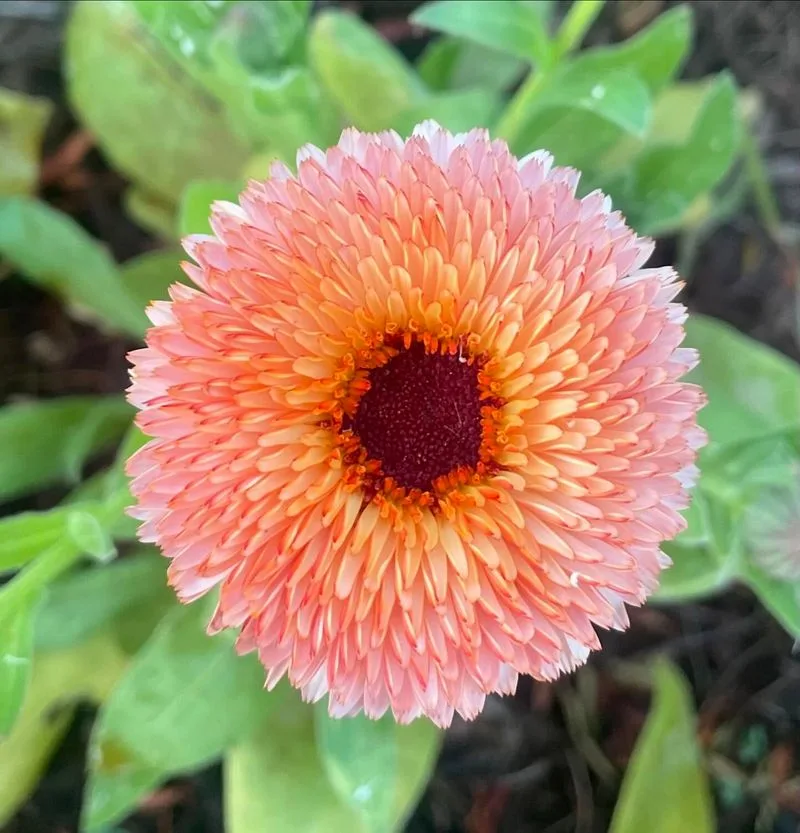
Calendula, often referred to as “pot marigold,” is a splash of sunshine in plant form. These bright, cheerful flowers are valued for both their aesthetic appeal and medicinal properties. As self-seeders, calendula ensures a colorful display year after year without much effort. Their petals are edible and can be used in salads, adding both color and flavor. With their sunny disposition, calendula flowers are a favorite among gardeners looking for low-maintenance beauty.
Forget-me-nots
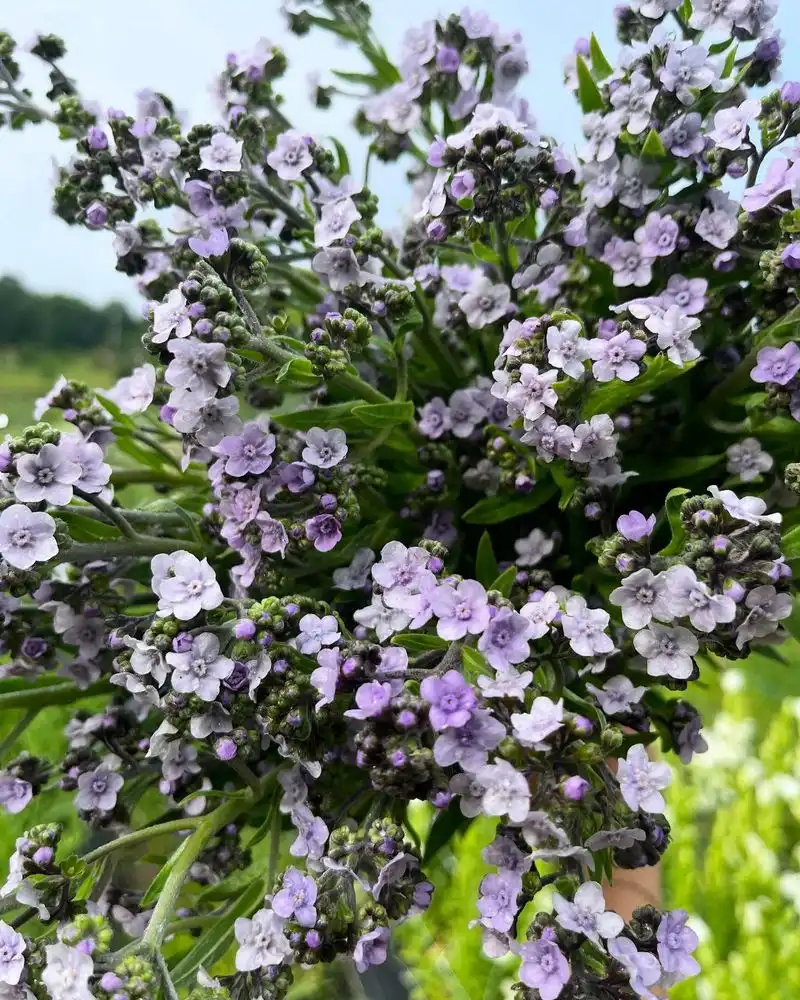
Forget-me-nots are tiny blue wonders that capture hearts with their simplicity. These diminutive flowers thrive in shady spots and are known for their easy self-seeding habit. Their name carries a sentimental weight, suggesting remembrance and enduring affection. In spring, forget-me-nots form a carpet of blue, creating a serene and inviting atmosphere in gardens and woodlands alike.
Larkspur
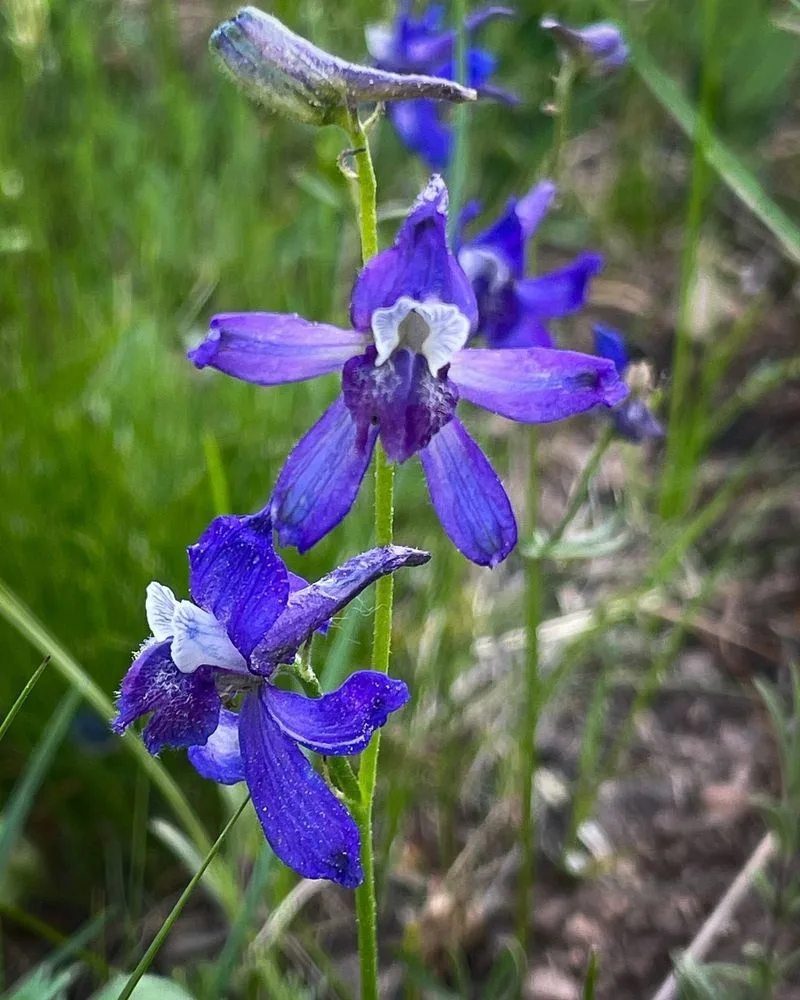
Larkspur is a burst of color in a garden, with its tall spikes adorned with blue and purple flowers. These elegant plants are admired for their vertical interest and their ability to self-seed with ease. Historically, larkspur has been associated with love and laughter, making it a delightful addition to any garden. As spring unfolds, these plants reward gardeners with a lively display that attracts butterflies and bees alike.
Borage
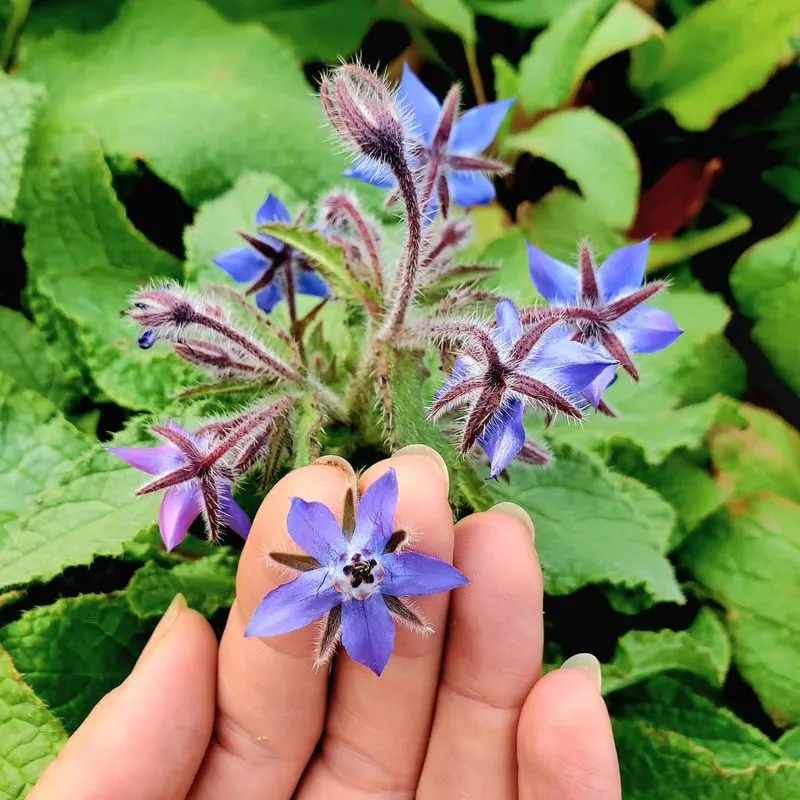
Borage, with its star-shaped blue flowers, is a standout in any garden setting. This herb not only self-seeds with enthusiasm but also supports pollinators with its nectar-rich blooms. Borage has a unique place in culinary traditions, with its leaves and flowers being edible. It is often used to garnish salads or beverages, adding a cucumber-like flavor. The plant’s resilience and charm make it a beloved choice for gardeners worldwide.
Sweet Alyssum
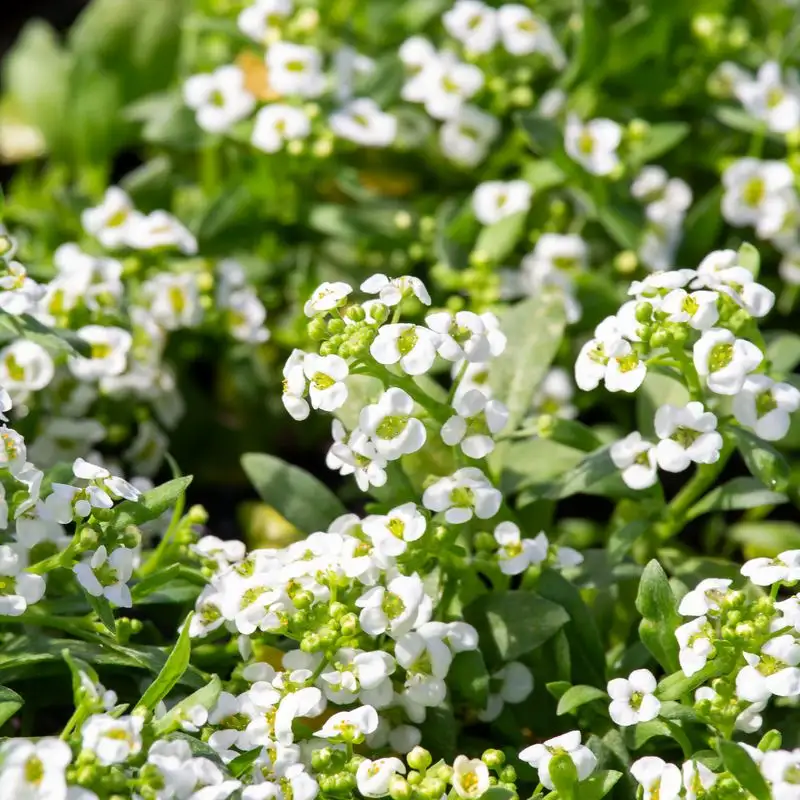
Sweet Alyssum is a fragrant ground cover that delights with clusters of tiny white flowers. This plant is cherished for its honey-like scent and its ability to spread easily by self-seeding. As a ground cover, it fills gaps and creates a carpet of blooms that softens the edges of garden beds. Sweet Alyssum not only adds beauty but also attracts beneficial insects, making it a versatile and eco-friendly choice for any garden.
Coneflowers
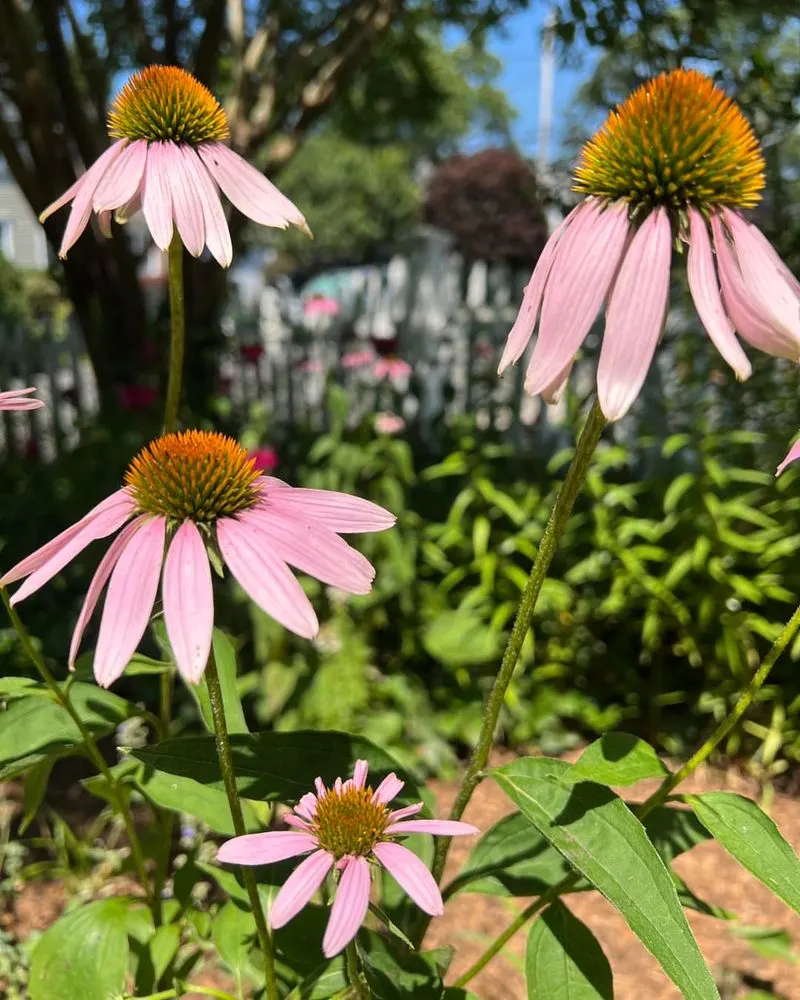
Coneflowers, or Echinacea, are garden stalwarts known for their resilience and beauty. Their daisy-like flowers with prominent centers attract a variety of pollinators. As self-seeders, coneflowers ensure a return each year, providing color and structure to garden spaces. These plants have a rich history in traditional medicine, celebrated for their immune-boosting properties. A staple in any wildlife-friendly garden, coneflowers are appreciated for their low-maintenance nature.
Cornflowers
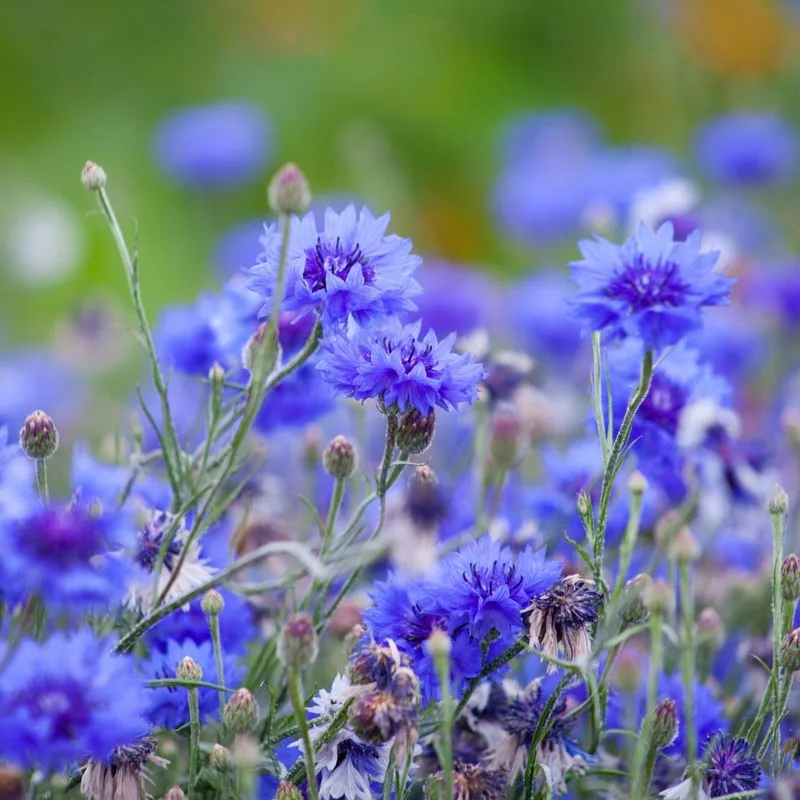
Cornflowers, with their striking blue hue, bring a touch of wild beauty to gardens and meadows. These resilient flowers thrive in poor soils and are known for their prolific self-seeding ability. Historically, cornflowers have been symbols of hope and resilience, making them a meaningful addition to any landscape. As they sway gently in the breeze, they create a picturesque scene that is both calming and enchanting.
Hollyhocks
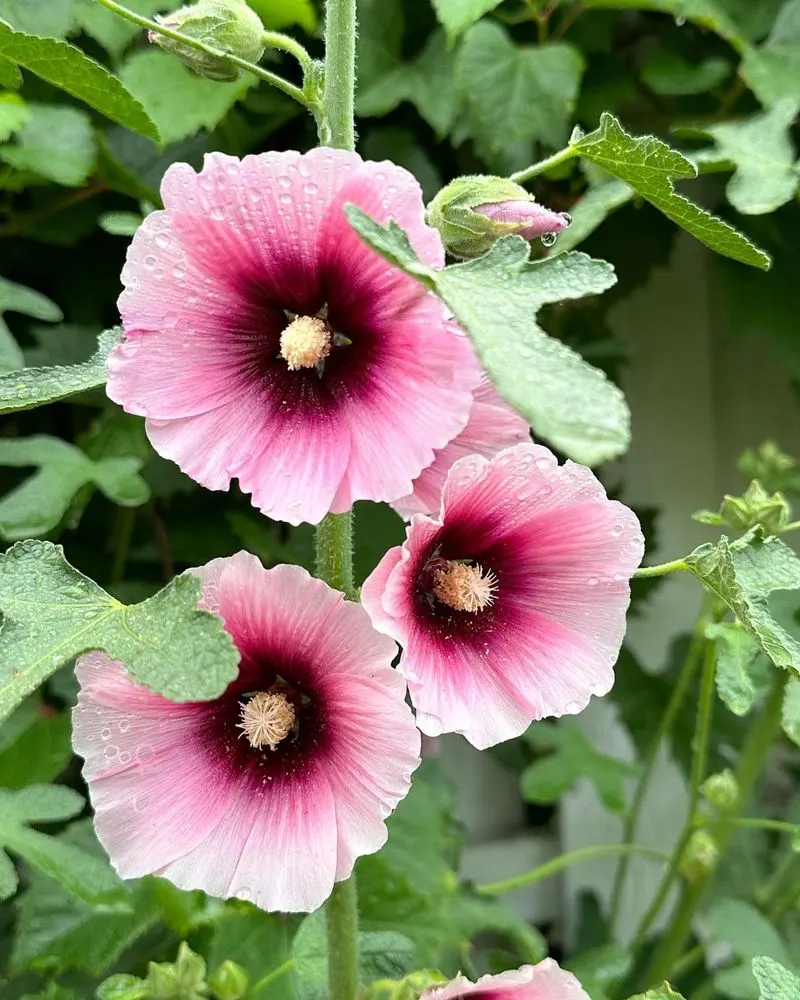
Hollyhocks are the quintessential cottage garden flower, reaching impressive heights adorned with vivid blooms. Known for their old-world charm, they self-seed readily, ensuring a consistent presence in the garden. These towering plants add vertical interest and are perfect for creating a nostalgic, storybook setting. Hollyhocks are also known to attract butterflies, adding to their appeal as a vibrant garden attraction.
Verbena
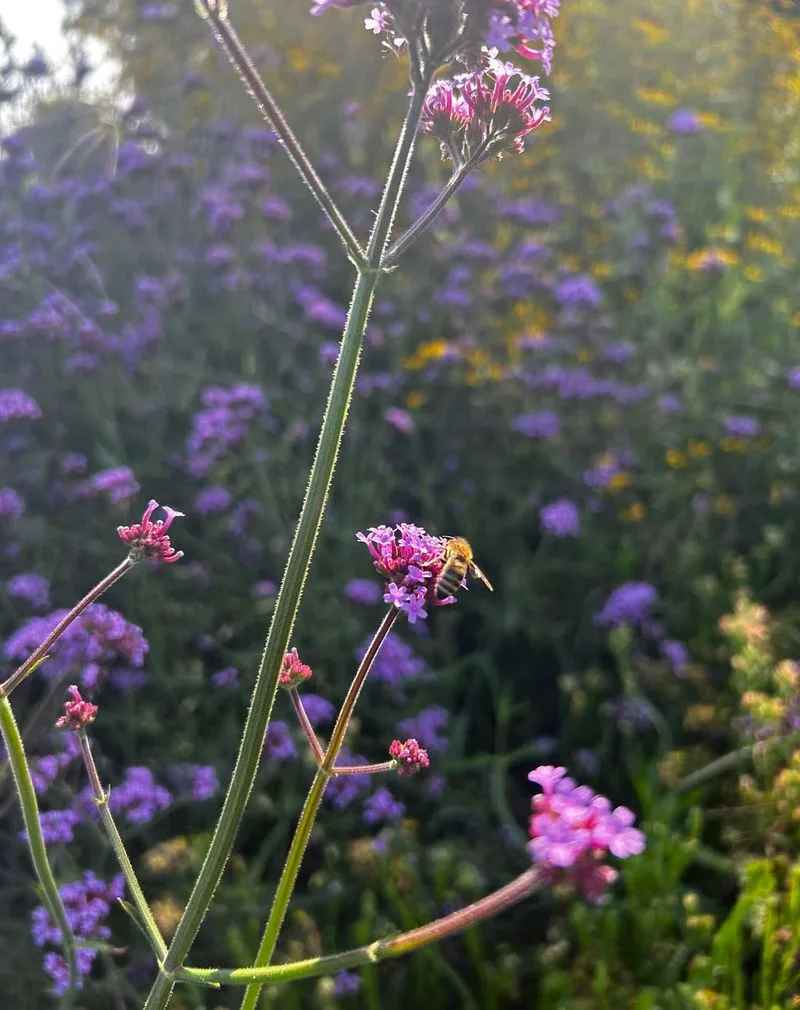
Verbena is a sun-loving plant with clusters of tiny purple flowers that add a touch of elegance to any garden. This resilient plant is known for its long blooming period and its ability to self-seed effortlessly. Verbena’s graceful appearance belies its hardy nature, making it a perfect choice for both formal and informal garden settings. Its nectar-rich blooms are a favorite among pollinators, ensuring a lively garden scene.
Cosmos
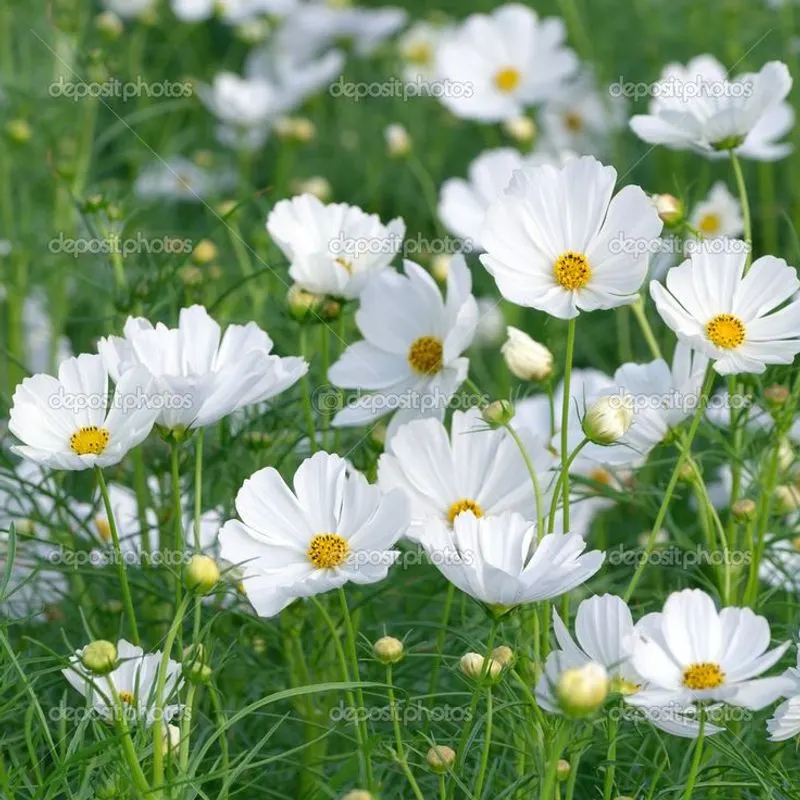
Cosmos is celebrated for its delicate, daisy-like flowers and airy foliage that sway with the slightest breeze. These plants are champions of self-seeding, often returning with even greater vigor each year. Known for their easy care and charming appearance, cosmos flowers delight gardeners with their long-lasting blooms. They create an atmosphere of effortless beauty and are perfect for adding a touch of whimsy to any garden space.
Snapdragons
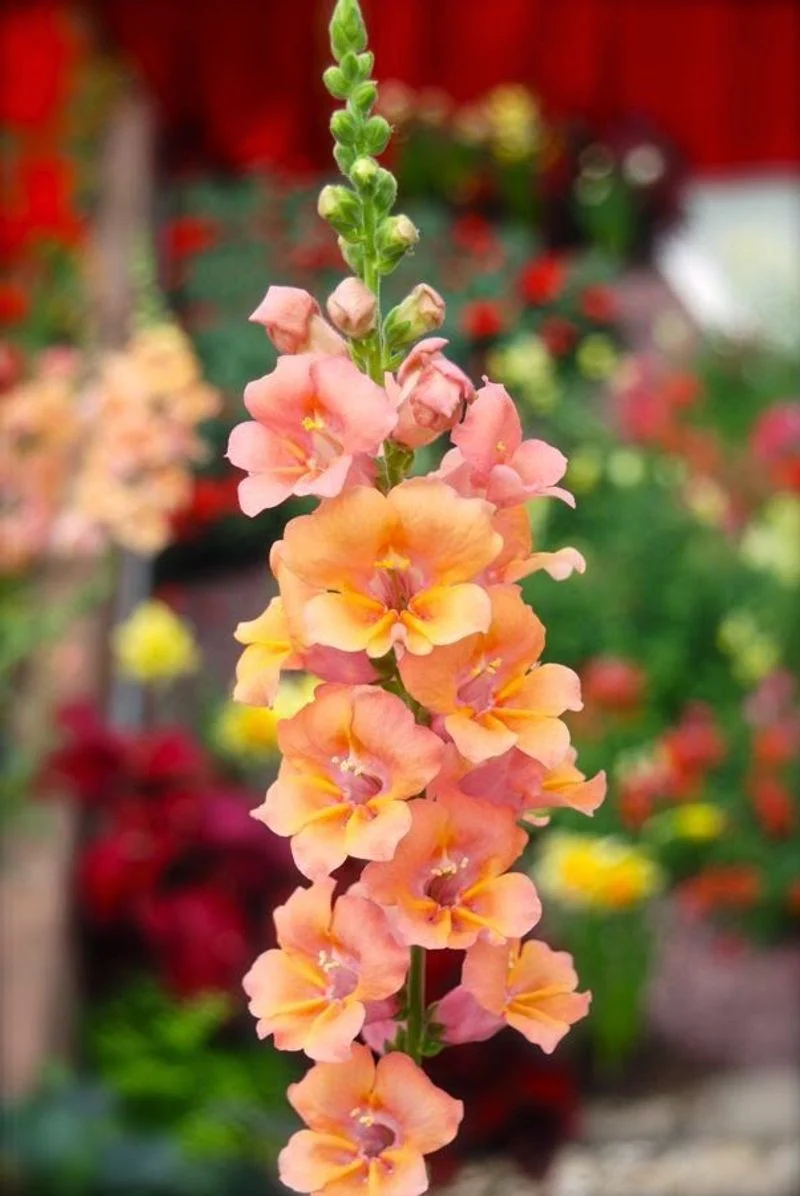
Snapdragons are beloved for their unique blooms that look like tiny dragon faces. These vibrant flowers add a playful element to gardens and are particularly popular in children’s gardens. As self-seeders, snapdragons ensure a bright and cheerful display season after season. They have a storied past in folklore, often associated with protection and grace. Their diverse color palette makes them a versatile choice for garden borders and containers alike.
Sunflowers
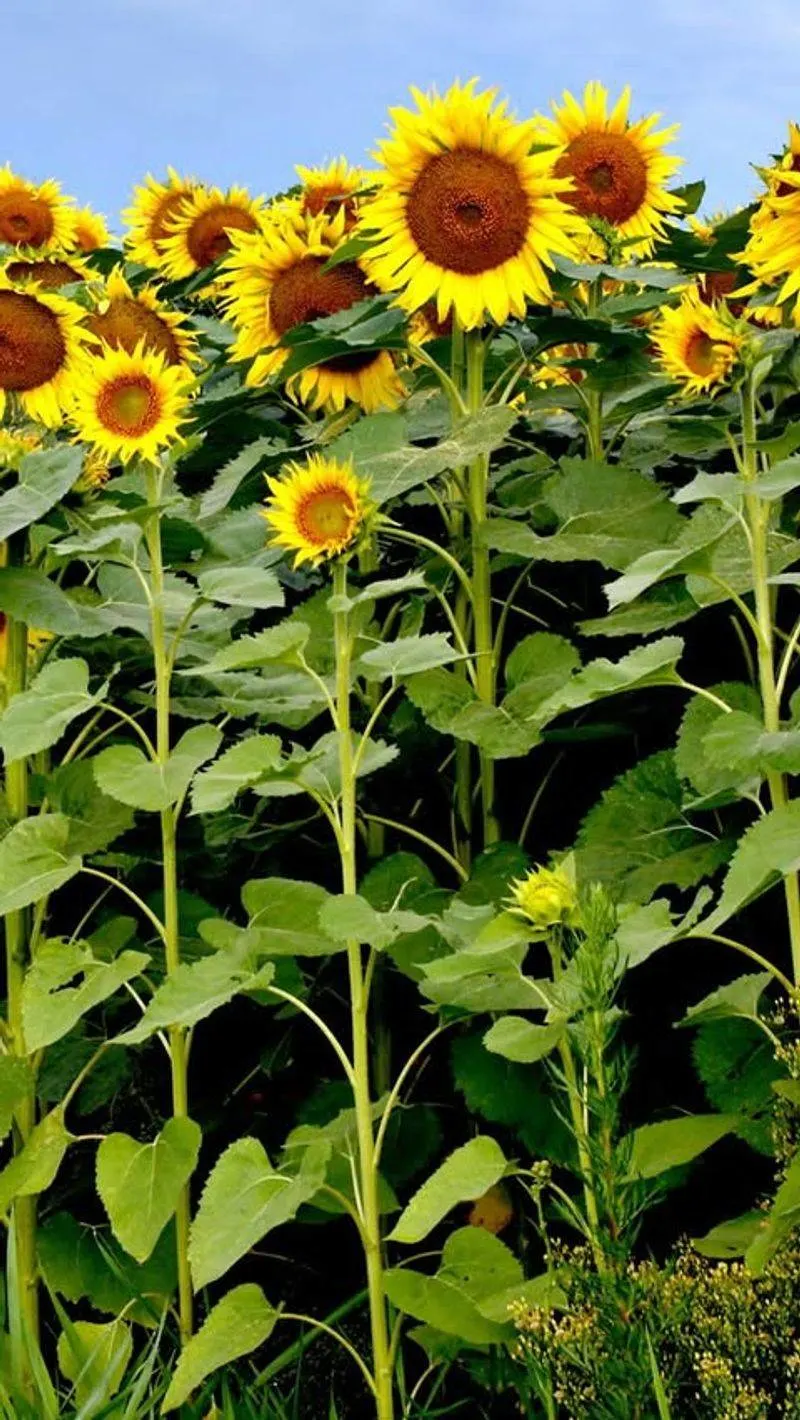
Sunflowers, with their towering presence and bright, cheerful faces, are a favorite among gardeners and wildlife alike. As self-seeders, they promise a glorious display year after year without much effort. These sun-loving giants not only provide visual appeal but also offer seeds that attract birds and other wildlife. Known for their sunny disposition, sunflowers bring joy and life to any garden they grace.
Columbine
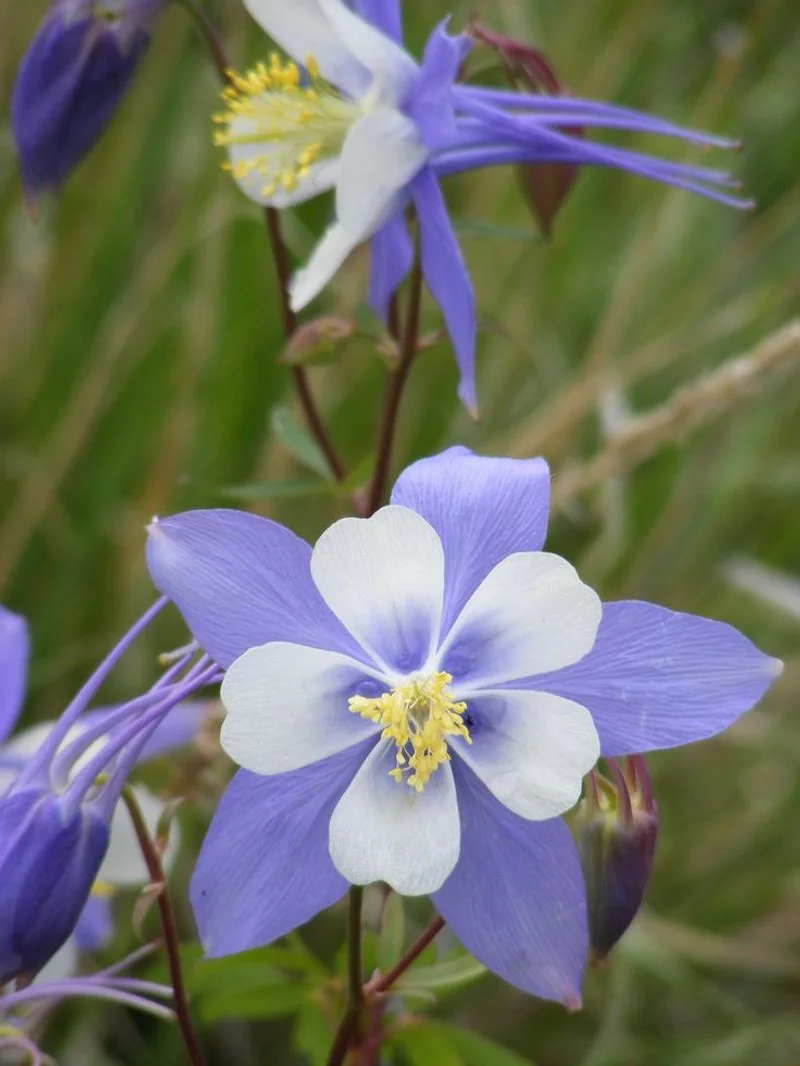
Columbine flowers are admired for their unique, delicate spurred blooms that bring a touch of woodland magic to gardens. These self-seeding plants are perfect for naturalizing areas, adding color and charm with minimal intervention. Columbine’s whimsical appearance is complemented by its role as a pollinator magnet, attracting bees, hummingbirds, and butterflies. Their diverse color range and enchanting form make them a delightful choice for gardeners seeking a touch of the extraordinary.

